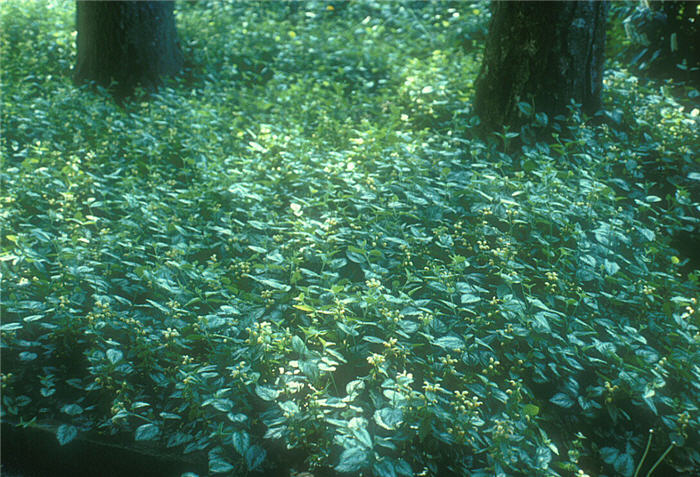| Botanical Name: Lamium galeobdolon 'Florentinum' | |
| Common Name: Yellow Archangel |

-
Anatomy
-
Culture
-
Design
Plant Type
Ground cover, Perennial
Height Range
Under 1'
Flower Color
Yellow
Flower Season
Spring
Leaf Color
Green, Light Green, White
Bark Color
n/a
Fruit Color
n/a
Fruit Season
n/a
Sun
Half, Shade
Water
Low, Medium
Growth Rate
Moderate
Soil Type
Sandy, Clay, Loam, Rocky, Unparticular
Soil Condition
Average, Rich, Poor, Dry
Soil pH
Acid, Neutral, Basic
Adverse Factors
Invasive
Design Styles
English Cottage, Formal, Japanese, Mediterranean, Ranch, Spanish, Woodland
Accenting Features
Showy Flowers, Unusual Foliage
Seasonal Interest
Spring, Summer
Location Uses
Background, Perennial Border, Shrub Border, Foundation, Parking Strip, Patio, Raised Planter, Walls / Fences, Walkways
Special Uses
Cascade, Container, Erosion Control, Filler, Naturalizing, Small Spaces, Medicinal
Attracts Wildlife
n/a
Photographer: Bobbie Schwartz
-
Description
-
Notes